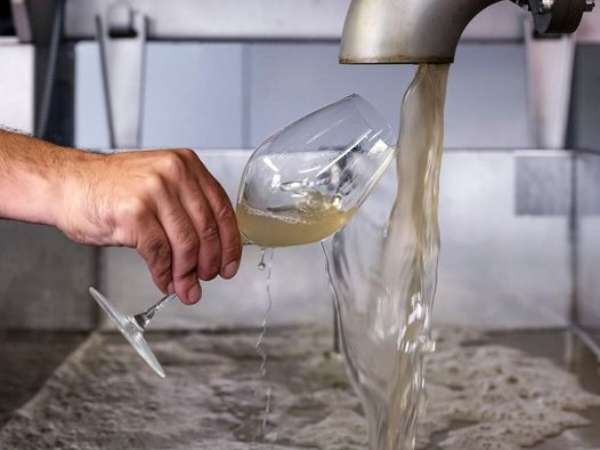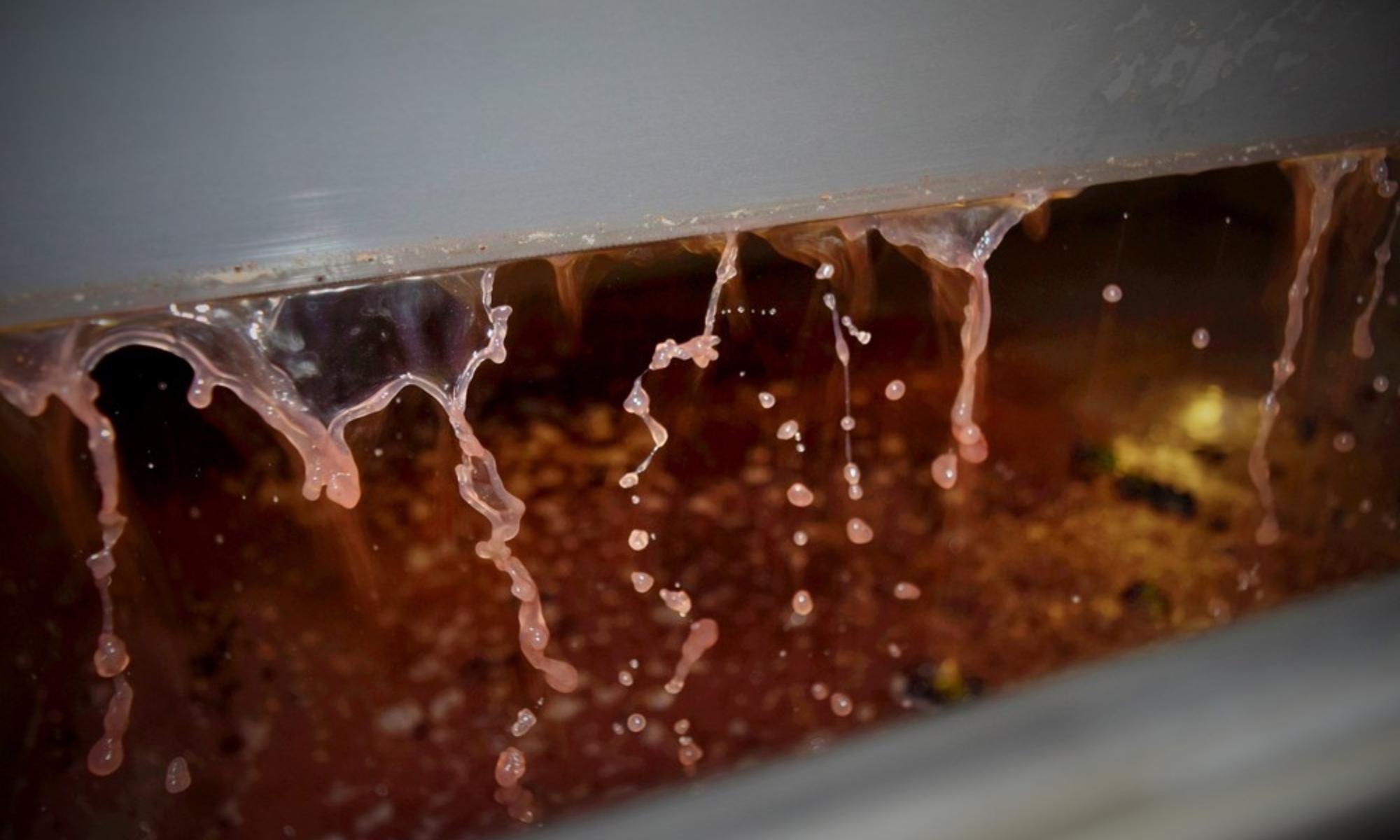
White

Rosé

Red
Still wines account for around one-third of total production. In years where the fruit is riper after a dry, warm growing season, this percentage might increase marginally (2018: 31%; 2019: 28%; 2020: 36%; 2021 and 2022: 32%).
There is a growing market for still wine produced in Britain. As vineyards mature and winemakers extend their scope of winemaking, there is no reason why Britain cannot challenge the rest of the world, particularly as more recognisable varieties become mainstream. Many supermarkets now blend their own still wines and the hospitality industry is always looking to list a variety of still wine styles alongside Classic Method expressions to enhance their menus and highlight a regional offering.
While Chardonnay, Pinot Noir and Pinot Meunier together account for over 70% of plantings in Britain, there are a wealth of other varieties grown primarily for still wine production, led by producers seeking to create a diverse range of high-quality wine styles.

Other Wine Styles
There is no one single style that defines English and Welsh still wine production at the moment, such is the range and scope of winemaking. There are a variety of wine styles, from crisp, steely whites and delicate rosés to more robust reds.


